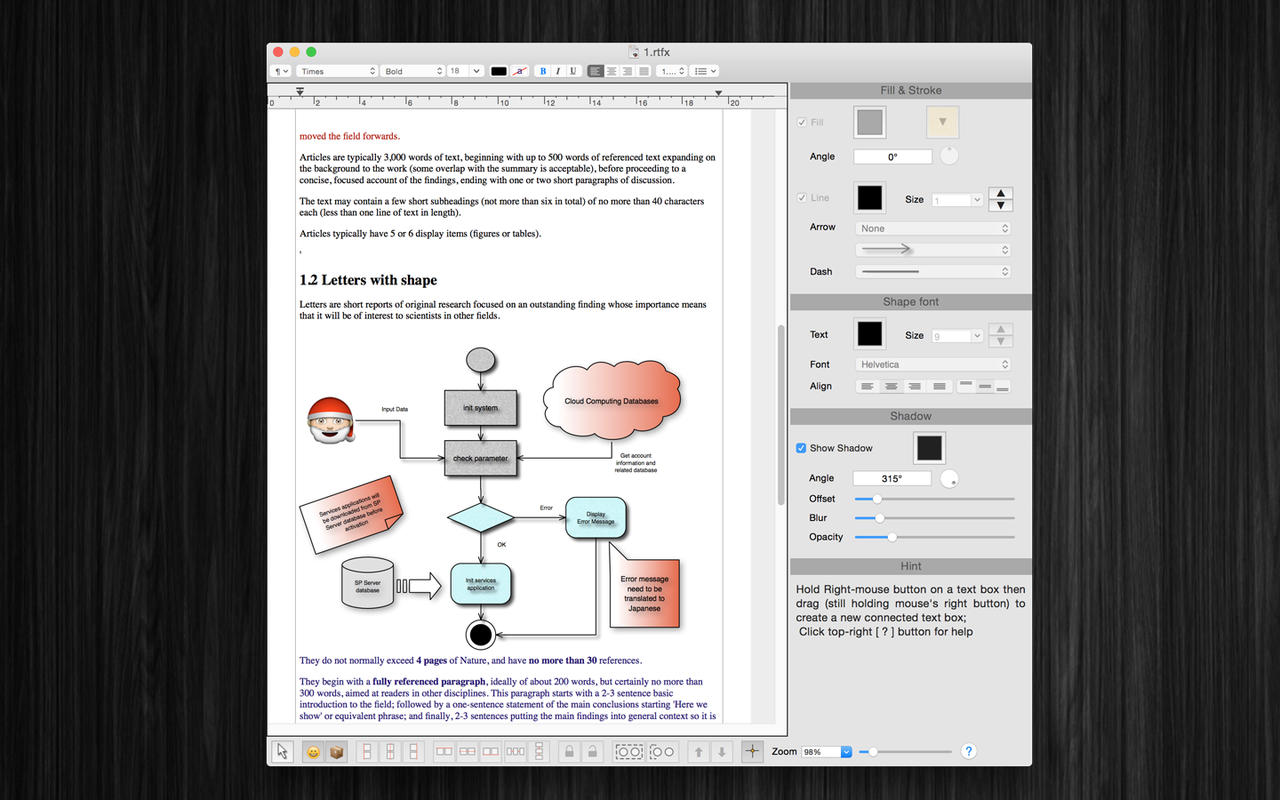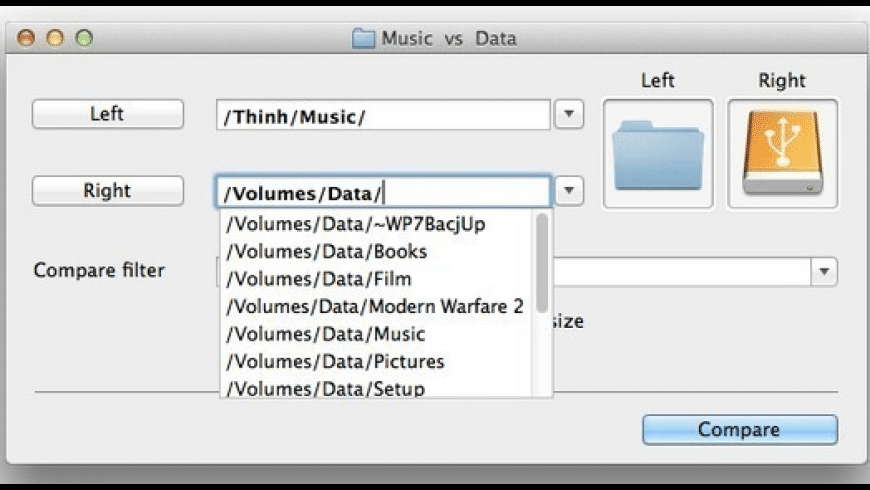
You can use the cmdlets to modify the contents of the documentation section.

Documentation, of course, but also for tracking changes with date or history semantics built into it. In each object, the documentation trigger is used for many different purposes. You can use the Set-NAVApplicationObjectProperty cmdlet to extract information about the application objects before you change them. To do that, use the Set-NAVApplicationObjectProperty cmdlet to change the values of the Version List, Date, Time, or Modified properties in the specified text files. For example, you run the merge, resolve the conflicts, and once you are done, you want to stamp the current date and time on all objects. Often handling or setting application object properties is done at a later time than the merge itself. But two cmdlets are available specifically for post-processing of object properties: Get-NAVApplicationObjectProperty and Set-NAVApplicationObjectProperty. When you run the Merge-NAVApplicationObject cmdlet, you can set parameters that are specific for application object properties. The text files specify the Modified, Date, Time, and VersionList properties for each object. Also, some parts of some object types require special attention from the tool or from you as described in the following list:Įach of the application object properties in the application object files often calls for hands-on handling. You cannot use the cmdlets to modify dataports, forms, or reports with classic report sections.
#COMPAREMERGE UPDATE#
You can use the application merge utilities to merge and update the following application object types: The other option is a two-step process using the Compare-NAVApplicationObject and Update-NAVApplicationObject cmdlets. But the recommended way to update your application is to use the Merge-NAVApplicationObject cmdlet.

#COMPAREMERGE WINDOWS#
In the Microsoft Dynamics NAV Development Shell, you can also use other Windows PowerShell cmdlets that help you with manage application object files. The result of the application object merge is a fourth set of application objects that make up your new, updated solution. The Merge-NAVApplicationObject cmdlet compares the changes that have been made to application objects between two sets of Dynamics NAV application objects, and applies the difference to a third set of application objects, the target of the merge. In both cases, you compare different versions of application objects to calculate and apply the difference. Or you compare the new version to your own solution and merge the changes into your solution. Each time you want to update your solution, you have to compare the original version to the new version, and then you have to apply the difference to your own solution. Similarly, you want to update your solution with cumulative updates and other smaller changes to the application.
#COMPAREMERGE UPGRADE#
When Microsoft releases a new version of Dynamics NAV, you want to upgrade your solution. You can use Dynamics NAV cmdlets to modify application object source files in the Microsoft Dynamics NAV Development Shell, or by importing the .Tools.psd1 module into the Windows PowerShell Integrated Scripting Environment (ISE). Comparing and Merging Application Objectsĭynamics NAV includes Windows PowerShell cmdlets that help you apply changes to Dynamics NAV solutions.
#COMPAREMERGE INSTALL#
The application merge utilities that are available in the Microsoft Dynamics NAV Development Shell install when you choose the Developer option in Microsoft Dynamics NAV Setup, or if you add the development environment to another installation option. You can also use an external source control system to store the text files, such as Visual Studio Team Foundation Server, but this is not required by the Dynamics NAV cmdlets.

Optionally, you can split the large text file into separate text files for each application object. You can export all application objects to a single text file. For example, you can use Windows PowerShell cmdlets to merge changes from an upgrade with your Dynamics NAV solution. But you can also export objects as text files and use other tools, such as the Microsoft Dynamics NAV Development Shell, to make general changes to the objects.

When you create or modify application objects, you use the Microsoft Dynamics NAV Development Environment, and you import and export objects as.


 0 kommentar(er)
0 kommentar(er)
